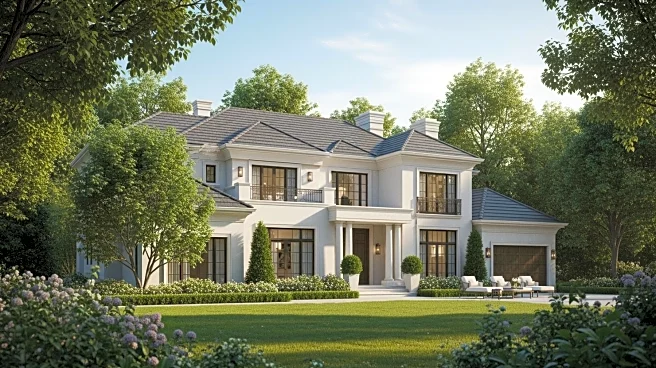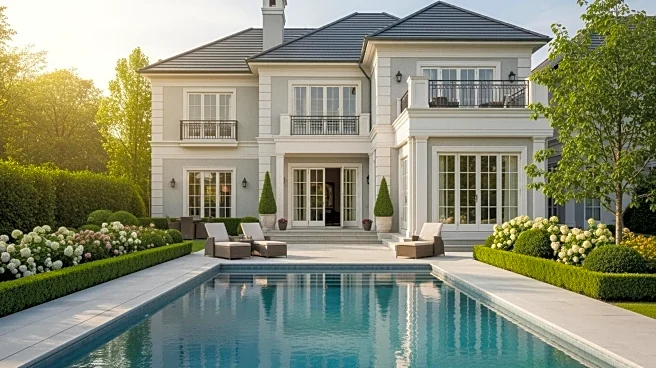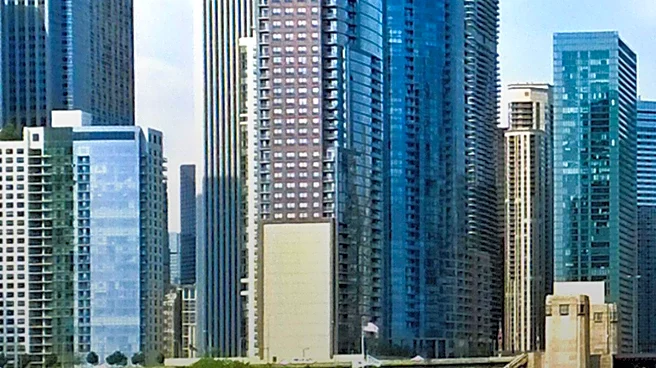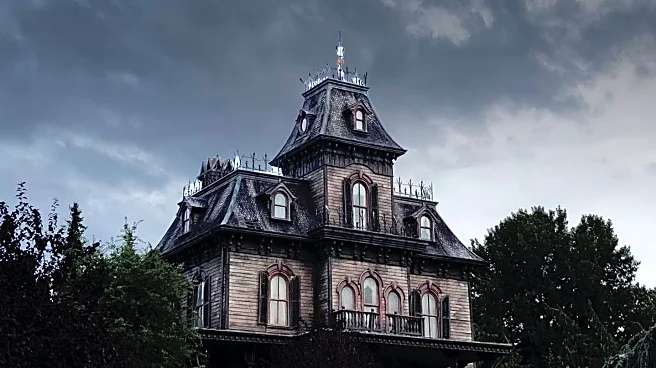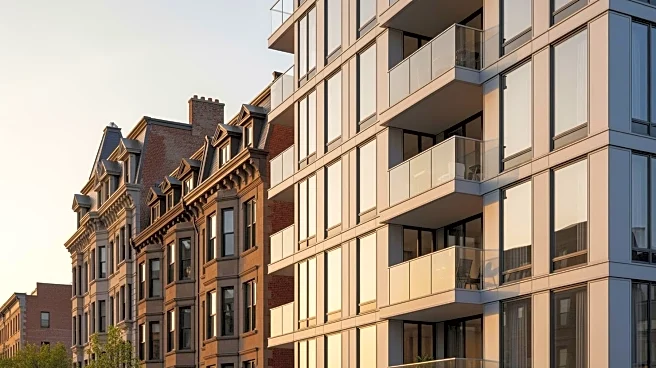What's Happening?
The suburban rental market in Chicago is experiencing significant growth, driven by high-end finishes and amenities that appeal to a diverse range of demographics. According to Integra Realty Resources,
the median monthly rent for a one-bedroom apartment in the suburbs was $1,830, while a two-bedroom was $2,190 at the end of the second quarter of 2025. This represents a 4.1% increase over the past year, surpassing historical trends. The demand for luxury rentals is fueled by retirees, empty nesters, and younger families seeking suburban school districts without the commitment of homeownership. Additionally, the remote work trend has reduced the necessity for workers to live near downtown job centers, further boosting suburban rental popularity. Despite the strong market, housing supply in suburban Chicago has not fully met demand, contrasting with oversupply issues in markets like South Florida.
Why It's Important?
The rise in suburban luxury rentals reflects broader shifts in housing preferences and economic conditions. As homeownership costs increase, more individuals are opting for rental properties that offer convenience and amenities without the burden of maintenance. This trend impacts the real estate market by increasing demand for larger, high-end rental units, potentially driving up rental prices further. The shift also highlights the influence of remote work on residential choices, as individuals prioritize lifestyle and location flexibility over proximity to traditional job centers. Developers and investors may find opportunities in expanding suburban rental offerings to meet this growing demand.
What's Next?
The suburban rental market is likely to continue its growth trajectory, with new projects underway to address the demand for luxury living spaces. Developers are focusing on creating mixed-use spaces that combine residential, retail, and open areas to enhance the suburban living experience. As remote work remains prevalent, the appeal of suburban rentals is expected to persist, potentially leading to further increases in rental prices and occupancy rates. Stakeholders, including real estate firms and local governments, may need to address infrastructure and community planning to accommodate this shift.
Beyond the Headlines
The trend towards suburban luxury rentals may have long-term implications for urban planning and community development. As more individuals choose to rent rather than buy, there could be shifts in property tax revenues and local government funding models. Additionally, the demand for amenities and services in suburban areas may drive changes in retail and service industries, influencing local economies. The cultural shift towards rental living could also impact societal perceptions of homeownership and community engagement.
